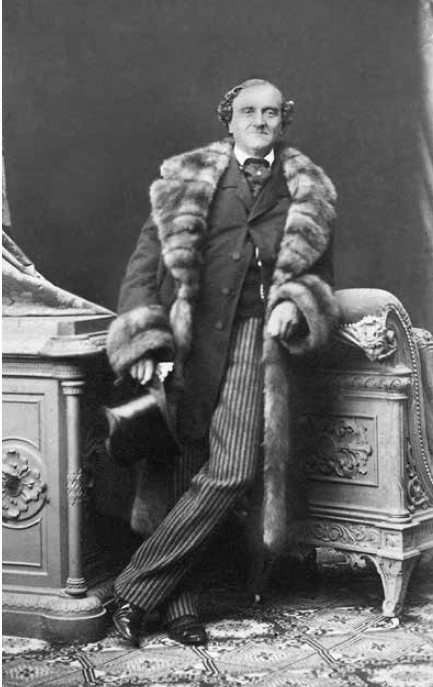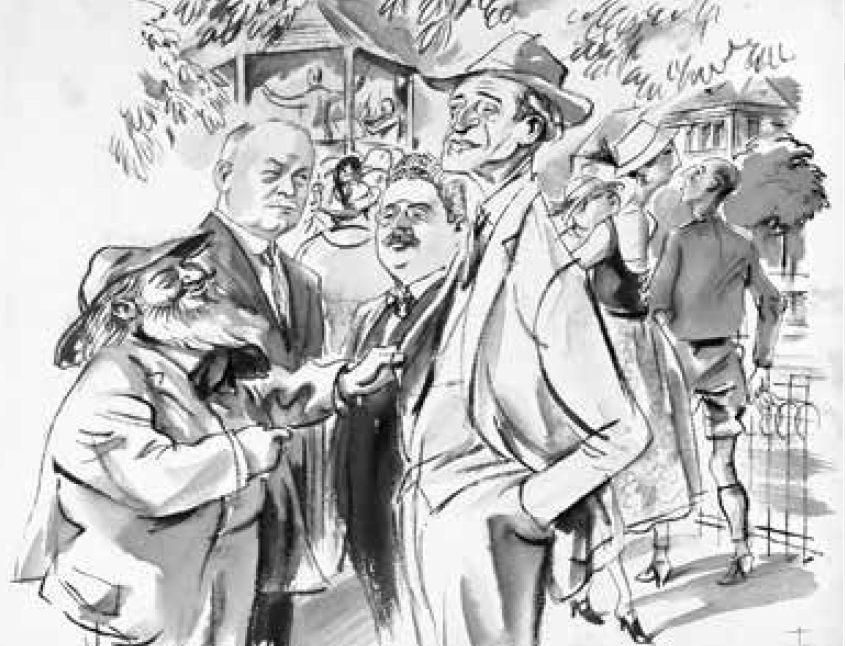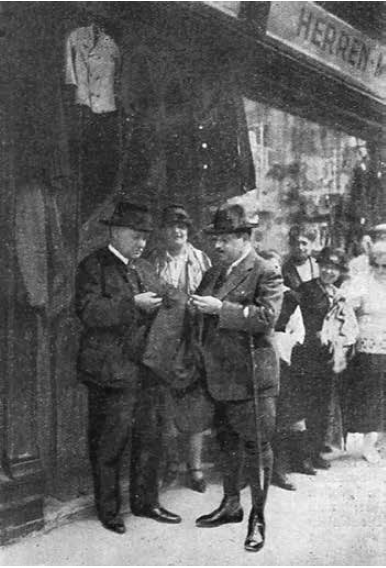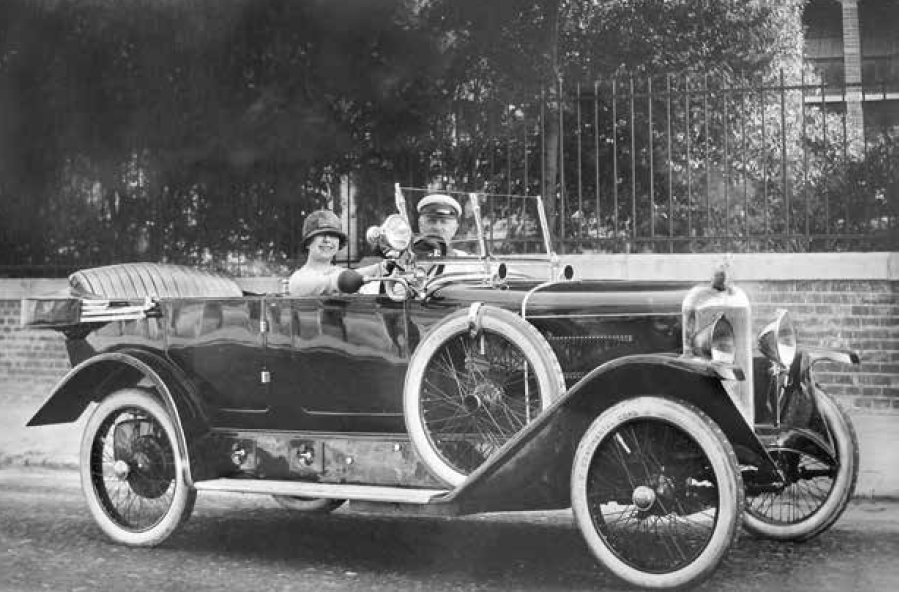Kevin Clarke
Operetta Research Center
9 April, 2017
Anyone who is even remotely interested in the history of German language operetta knows that Bad Ischl – a kind of “Monte Carlo in the Austrian Alps” – was once the center of operetta activities during the summer holiday season. Not because noteworthy shows were performed in Ischl, but because every noteworthy composer, librettist, impresario and performer vacationed in Ischl to negotiate deals for the coming seasons in Berlin and Vienna. For a few summer months the tiny town buzzed with celebrities, and of course the entire yellow press was present too to report on the daily happenings; just like Hollywood reporters do today. Now, Marie-Theres Arnbom has published a 270 page small-scale coffee-table book entitled Die Villen von Bad Ischl: Wenn Häuser Geschichten erzählen. These stories are retold by Miss Arnbom, and they are illustrated by 113 photos that will make the heart of any operetta fan beat faster.

Cover for the book “Die Villen von Bad Ischl,” published by Amalthea.
There are 40 villas altogether that are presented here, and obviously not all of them have something to do with show business. After all, Ischl was also, and first and foremost, the summer refuge for the Austrian aristocracy, since Emperor Franz Josef vacationed there every year. But out of the 40 stories told in Arnbom’s book, 12 are operetta related. Starting with playwright and impresario Johann Nestroy, the man who brought Offenbach and thus the new genre operetta from Paris to Vienna, and moving onto Oscar Straus and the famed “Rosenstöckl,” the garden house where Kalman composed most of the Csardasfürstin score.

Playwright and impresario Johann Nestroy. (Photo: Die Villen von Bad Ischl/Amalthea)

The Rose Villa in Ischl where Kalman composed his “Csardasfürstin.” (Photo: Die Villen von Bad Ischl/Amalthea)
What’s astonishing about the Franz and Sophie Lehár chapter is, above all, the photo showing the supposedly super serious Lehar in his study, in front of a giant oil painting with a rather contemporary looking nude woman stretched out. This is the most obvious visual link in the book between operetta as a musical theater form and its originally highly pornographic side. It’s fascinating to still see this porn side of the genre represented so blatantly in 1910, in a rather official portrait.

Lehar in his study in Ischl, at the piano in 1910. (Photo: Die Villen von Bad Ischl/Amalthea)
As Miss Arnbom moves along, we encounter the librettists Julius Brammer, Alfred Grünwald, and Rudolph Schanzer, also the competing composers Kalman and Lehar, Eysler and Straus et al.

Edmund Eysler, Franz Lehár, Leo Ascher, Oscar Straus in Bad Ischl, drawing by Alfred Gerstenbrand. (Photo: Die Villen von Bad Ischl/Amalthea)

Emmerich Kalman (r.) and Franz Lehar in front of the shop Louvre, looking at fabrics. From the 1925 magazine “Die Bühne.” (Photo: Die Villen von Bad Ischl/Amalthea)
We also see Johann Straus on the terrace of his villa, composing. And we hear about the visit of Tschulalongkorn, king of Siam, in Ischl in 1897. He brings his entire harem along, and attends a gala performance of Die Fledermaus conducted – especially – by Strauss himself.

Johann Strauss in Ischl, 1897. (Photo: Die Villen von Bad Ischl/Amalthea)

Tschulalongkorn, king of Siam. (Photo: Die Villen von Bad Ischl/Amalthea)
There are many legendary performers in this book too, from Girardi to Hansi Niese to Louise Kartousch. The latter two are somewhat forgotten today, but were huge stars in their time. The photo of Kartousch driving through Ischl in her brand new limousine gives an idea of what an “aura” operetta soubrettes had, an aura that no post-1945 soubrette has ever managed to recreate.

Louise Kartousch in her Gräf & Stift car, 1925. (Photo: Die Villen von Bad Ischl/Amalthea)
The 40 chapters are arranged in groups of “discovery tours,” so the reader – if actually in Ischl – can do an immediate walking tour and check out the various villas if they are still standing. If they are gone, Arnbom offers modern-day photos to make it easy to identify the spots you’re looking for.

The Johann Strauss villa, then and now. (Photo: Die Villen von Bad ischl/Amalthea)
There are multiple quotes from historic (theater) gossip magazines, which add to the colorful narrative. And the oftentimes terrible fate of many inhabitants of the Ischl villas after 1938 – the year the Nazis invaded Austria – is not left out. It was the end of Ischl as a glamour vacation spot, and if you visit the town today you’ll notice that the glamour has not returned. If you know the annual Ischl operetta festival of today, that tries to reconnect with this once legendary operetta location, you will also know what a sad echo the current productions are to what the people depicted in the book once stood for.

[…] Die komplette Rezension finden Sie unter http://operetta-research-center.org/re-visiting-villas-bad-ischl-marie-theres-arnboms-new-book/ […]